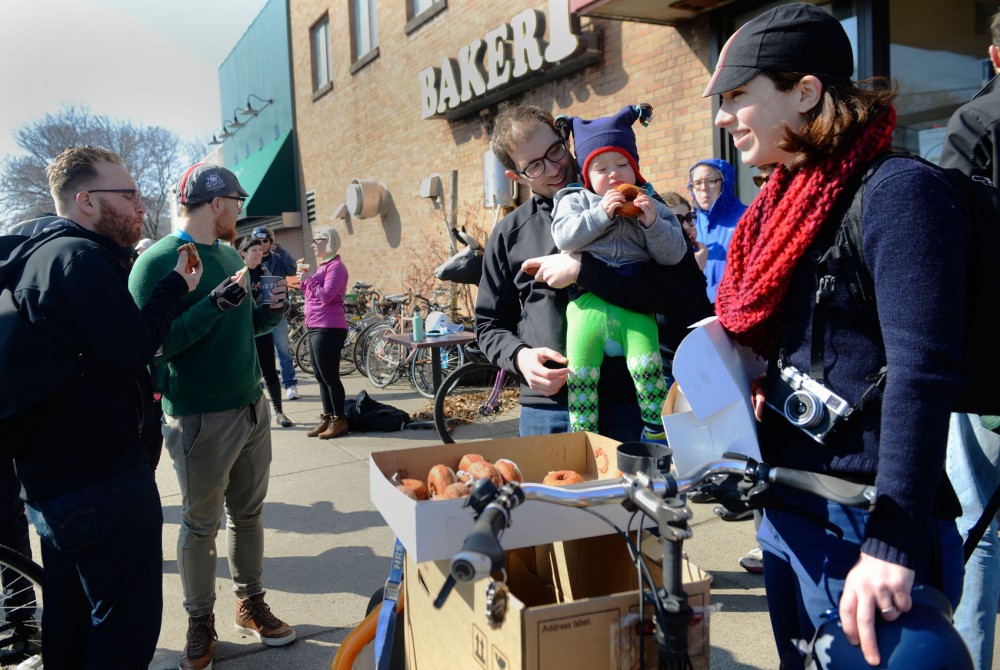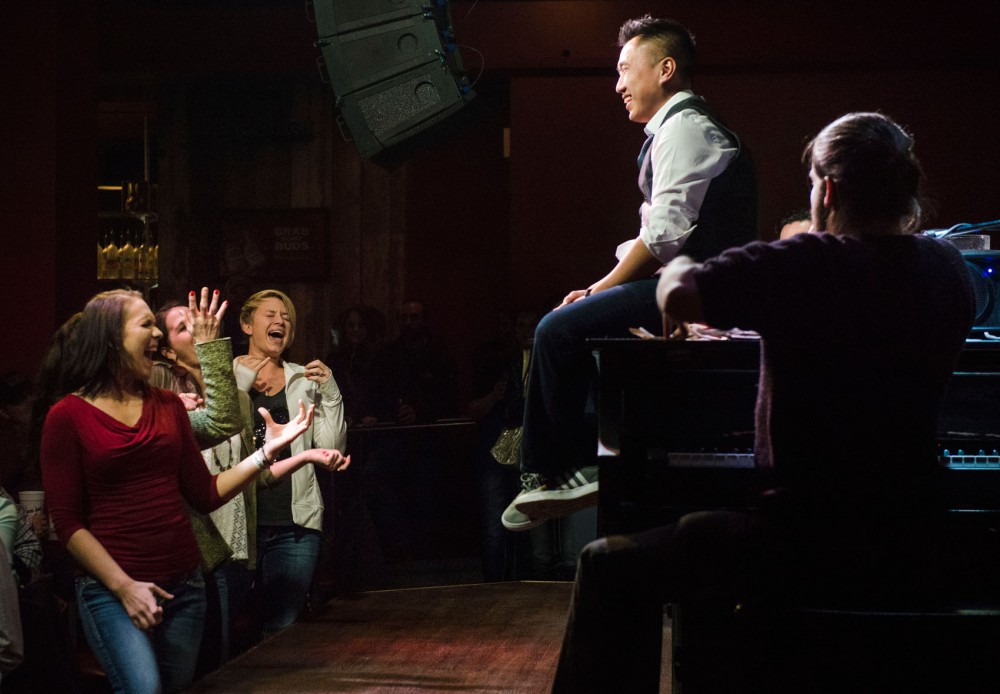Predicting the fate of the world generally creates a lot of disappointment. From the thousands of Millerites awaiting Christ’s second coming in 1843 to talk-radio personality Harold Camping’s endless 2011 rapture revisions, a specific doomsday prediction inevitably results in an anticlimactic disillusionment.
The sun will rise on Dec. 22, 2012, like any other day. Life will proceed as normal despite the countless interpretations of the Mayan calendar or the writings of Nostradamus. In spite of all the apocalyptic fervor, you might as well enjoy the moment without all the dissatisfaction of yet again delaying the end. Nonetheless, A&E selected two novels and alcoholic beverages fit for life after the apocalypse — even when it doesn’t actually happen.
“The Postman” by David Brin
No explicit description of the how and why the apocalypse takes place in “The Postman” gives any relief for Gordon Krantz. As the protagonist wanders around an abandoned world, he finds a postal van and uniform and takes shelter. The small communities he finds in his travels from Minnesota to Oregon assume the drifter actually was an employee for the U.S. Postal Service, a fleeting hope for the new world dominated by hyper-survivalists and war-lords.
Published in 1985, the novel sharply questions the hyper-survivalists’ obsession with the end and their own contribution to the civilization’s downfall. Nathan Holn, the leader of the survivalist group within the “The Postman,” champions misogyny and violence. Brin writes a sharp criticism here, but the author also fills the book with potent symbols and humor, lessening any one-sided “message” behind any of the destruction. One of the ongoing gags finds Krantz, the newly self-appointed mailman, reenacting scenes from Shakespeare’s plays to entertain the community he befriends. Keep in mind “The Postman” doesn’t care about the mechanics of the end times — a precise prediction or cause — just civilization’s slow, plodding recovery with entertainment via one man’s memory of “Macbeth.”
Pairs well with: Bota Box Wine — portable and cheap for a road-weary drifter-turned-postal worker.
“A Canticle for Leibowitz” by Walter M. Miller
After the “Flame Deluge” — Miller’s hint at a nuclear apocalypse — civilization reverts back to a world without advanced knowledge under the period of “Simplification” in the 1960 novel. Inspired by the author’s bombing missions throughout World War II, the book follows one monastery over three periods of time 600 years after the 20th century. Located in the desert of the southwestern United States, the Albertian Order of St. Leibowitz preserves the remnants of one man’s scientific knowledge.
References to Catholicism and religion’s role in fostering or hindering scientific exploits make for a dense post-apocalyptic story full of shards of information from a more recognizable time. A 26th century monk, Brother Francis, finds “Memorabilia” from St. Leibowitz — a shopping list with pastrami and six bagels jotted down. The monk views the list as a cryptic relic. Two additional sections of the book find the monastery grappling with scientific advancements and later a future return to nuclear technology. Miller balances humor with profound insight into a civilization ignorant of an apocalypse hidden in the past.
Pairs well with: Jim Beam Black — a whiskey strong enough to forget the past nuclear age — just like the monks of “Leibowitz.”










